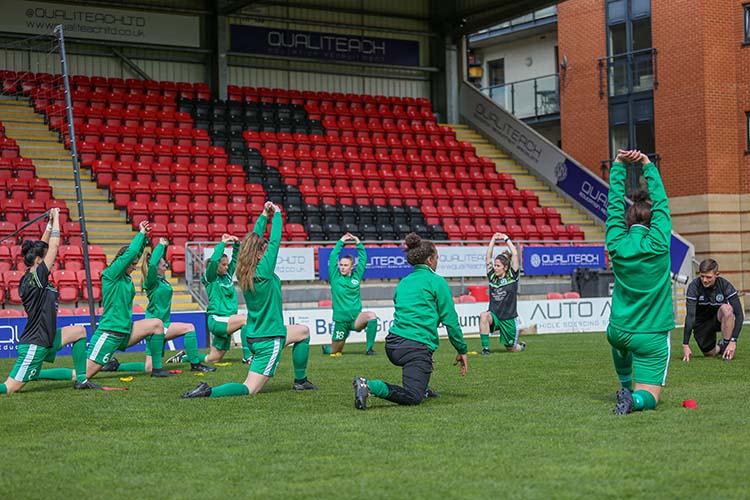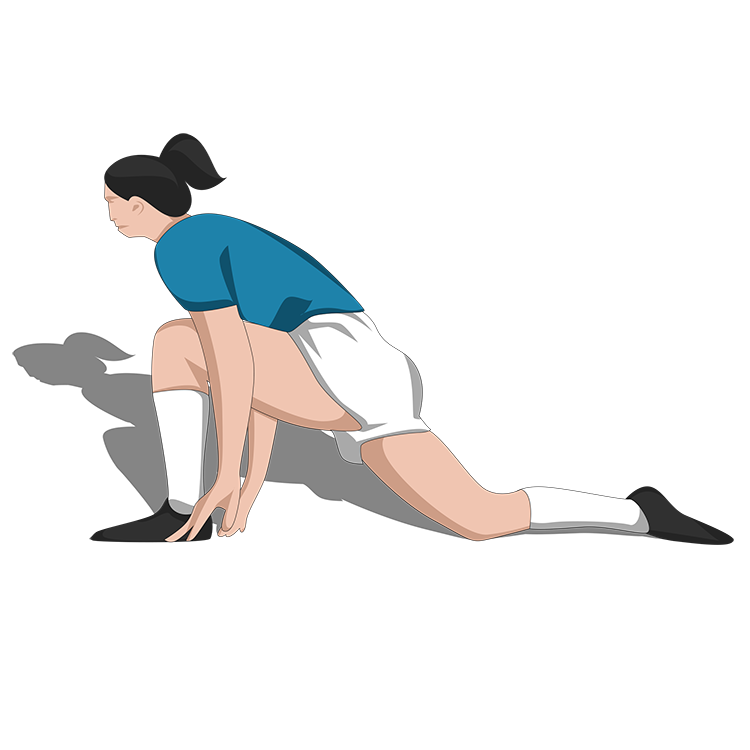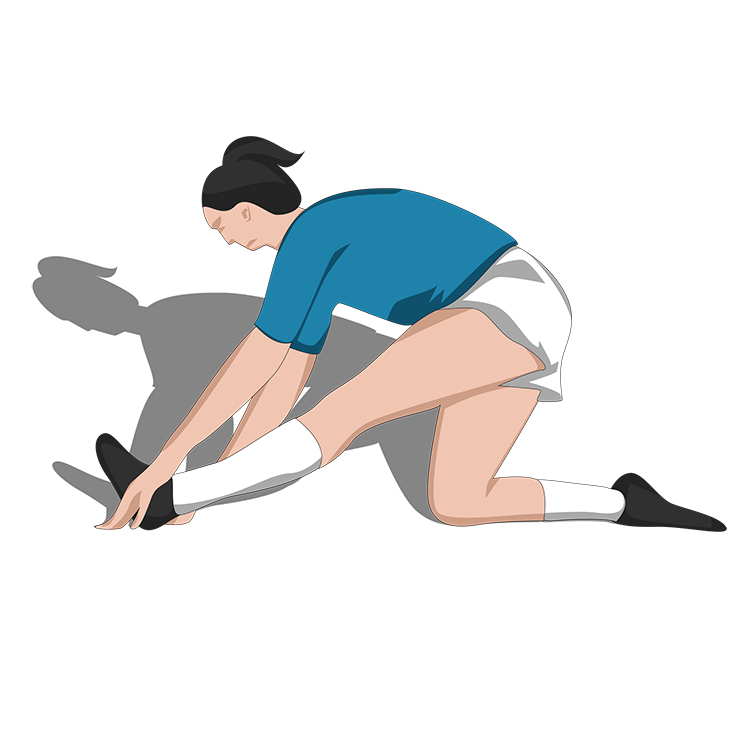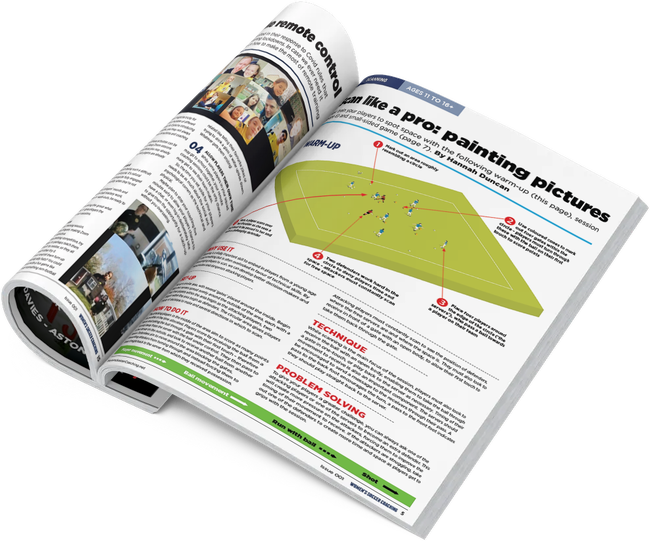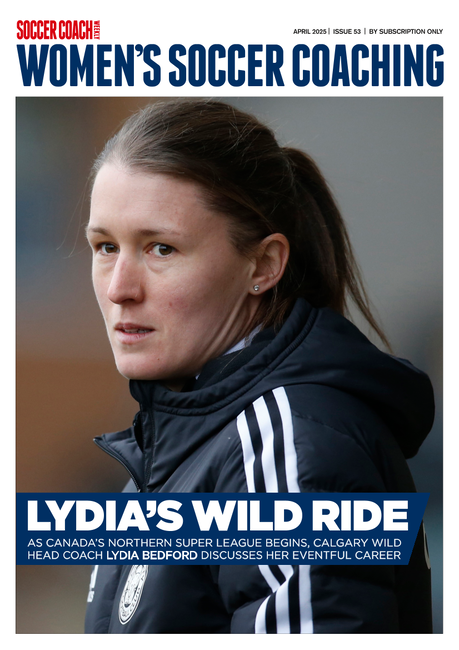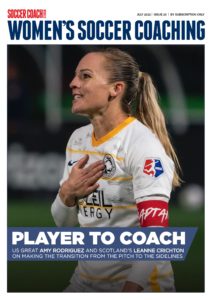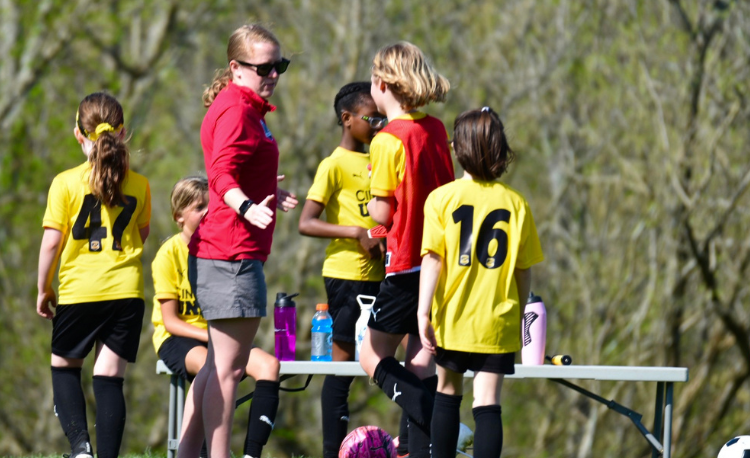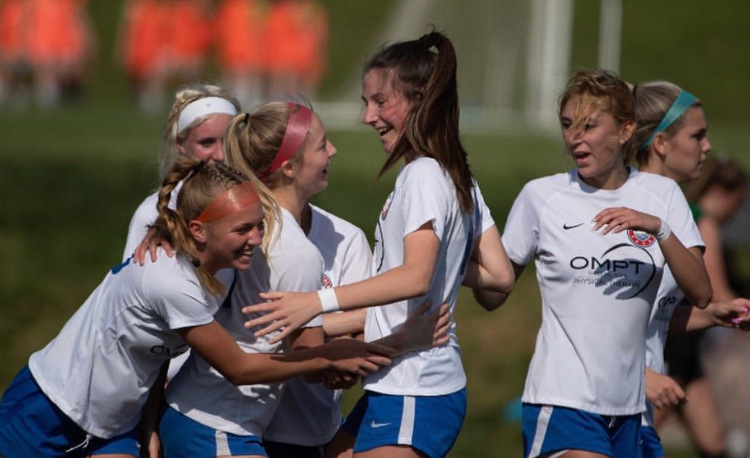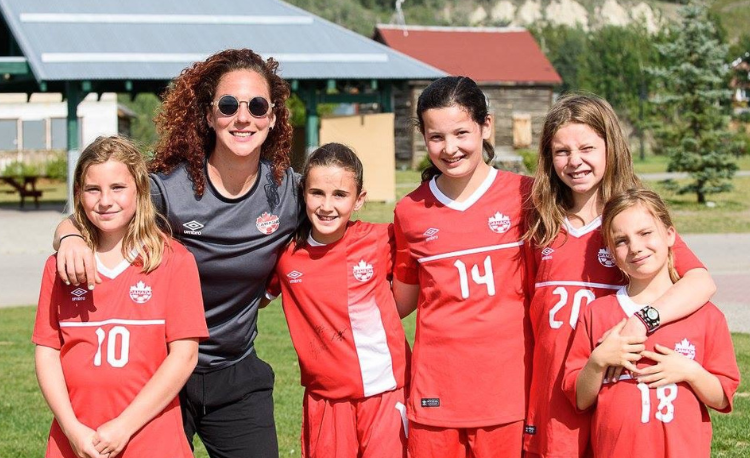You are viewing
1 of your 3 free articles
Yoga for soccer players
Millwall Lionesses sports therapist Emma Stone on how stretching can extend players’ careers and how and when coaches should introduce yoga to sessions
When you mention yoga, most players assume it’s just a few downward dogs and meditation.
My aim is to raise awareness of the benefits of yoga in different forms - not only extending the length of a player’s career through physical improvements, but to also support a healthy mind.
Players want to be on the pitch and injury- free as much as possible. As a coach, you can support this by incorporating yoga and mobility into warm-ups, cool-downs and recovery days.
Yoga has become integral in many athletes’ training schedules and the benefits are vast, particularly for women. They have a greater ‘Q’ angle than men, which can put more stress on the quadriceps and cause knee and foot issues.
Increasing hip mobility through yoga can help ease the stress factors, reducing the chance of injury. Mobile hips also increase stability and promote efficient and effective movement.
We also tend to find many female players suffer tight hamstrings - this can be down to the pelvis position. The larger glute muscles or pelvic tilt can cause more strain on the hamstrings. Through yoga, we increase hamstring flexibility, allowing them to cope with the stress put on them over time.
“Increasing hip mobility through yoga can help reduce the chance of injury...”
Yoga can also help negate fluctuations in mood and cognitive skills, as well as heightened fatigue, caused by hormonal changes due to the menstrual cycle.
These hormonal changes also put women at greater risk of bone diseases such as osteoporosis. Again, yoga can help, as muscles and bones are strengthened through practice.
Ideally, I would recommend introducing gentle yoga to female players from the age of 14 or 15 to help with these issues and long- term flexibility. Some of the other key benefits of yoga and mobility exercises are
- Improving the range of motion which gives players the ability to use muscles at force, benefiting change of direction, shooting and quick movements.
- Reducing injury risk by being more robust and having a greater range of motion.
- Improving agility to be able to move quickly and with ease.
- Improving balance and co-ordination.
- Aiding recovery as muscles become accustomed to being lengthened under stress, meaning they can cope better with the demands of physical activity.
- Reducing delayed onset muscle soreness (DOMS) experienced post-match.
- Improving mindfulness, better to cope with the stresses and demands of the game.
PRE WARM-UP
STANDING CAT/COW
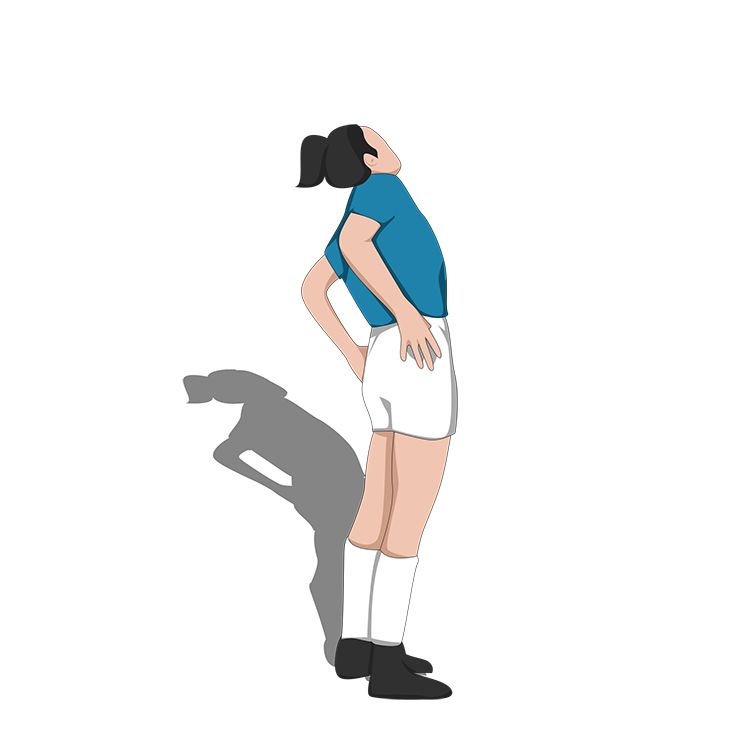
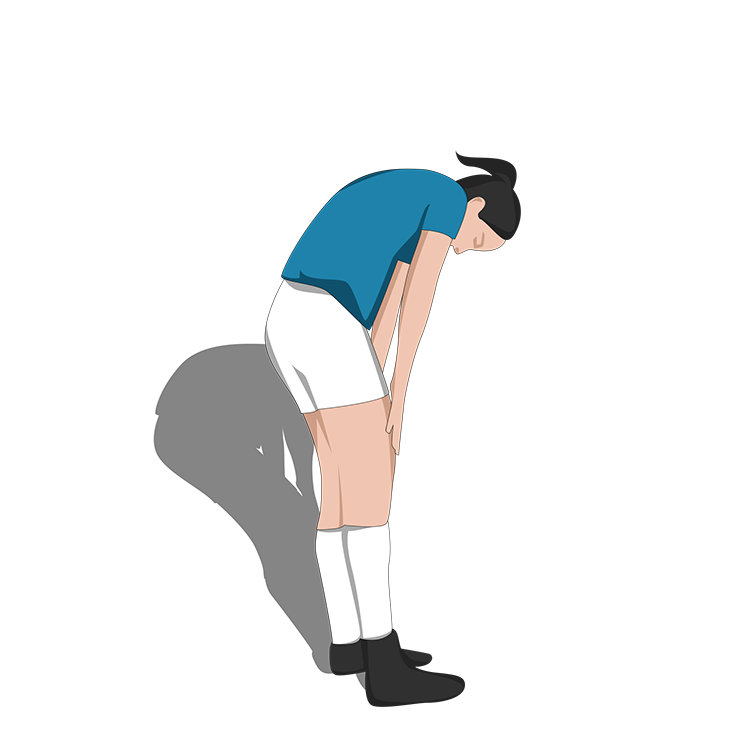
While standing, place the palms of your hands on your thighs. Breathe in deeply, stand tall and breathe out. Curl the upper back and bring your chin to your chest and repeat slowly, counting four seconds to breathe in and four seconds to breathe out.
MOVING LOW RUNNERS’ LUNGE
Place one leg bent in front of you, with your knee directly above your ankle and hands either side of your front foot. The other leg extends behind you with toes rooted to the floor. Slowly count four seconds as you move from a low lunge to having a straight front leg.
BUTTERFLY TWISTS
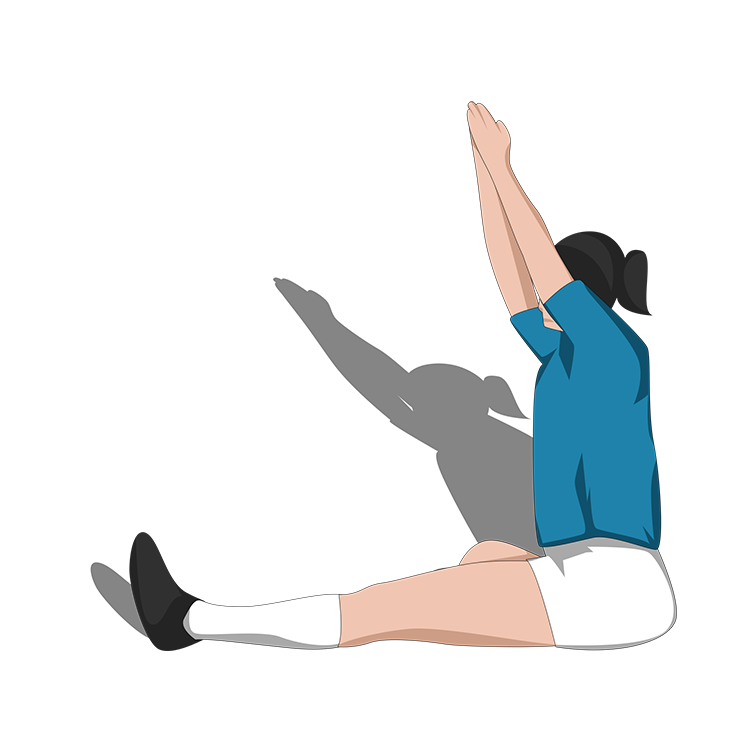
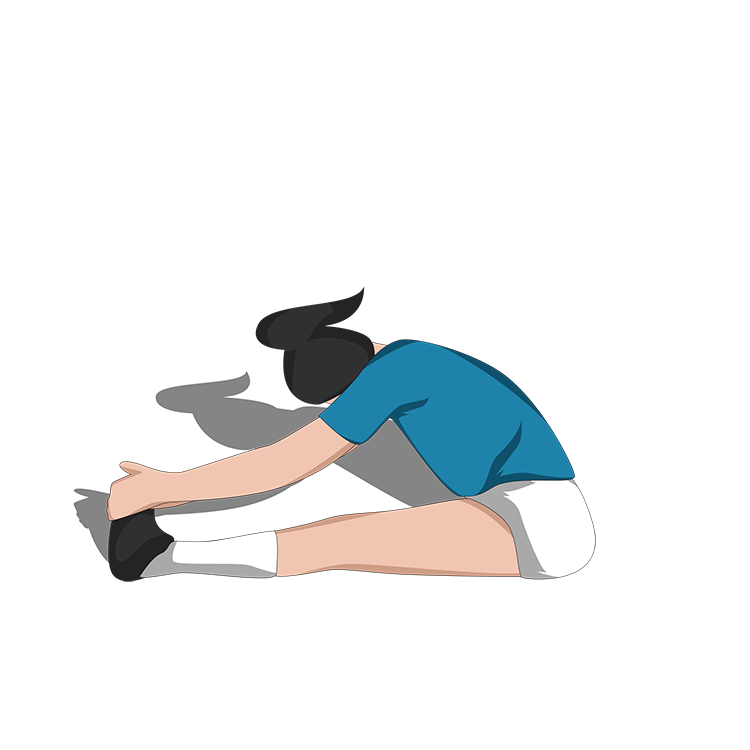
Sit with the soles of your feet together. Raise your arms up and twist to one side, breathing in. As you breathe out, twist to the other side.
Related Files
RECOVERY/REST DAY
Try to hold these for 15-30 seconds. With each out-breath, try to go a little further into the stretch – this will develop flexibility.
FROGS OR HALF FROGS
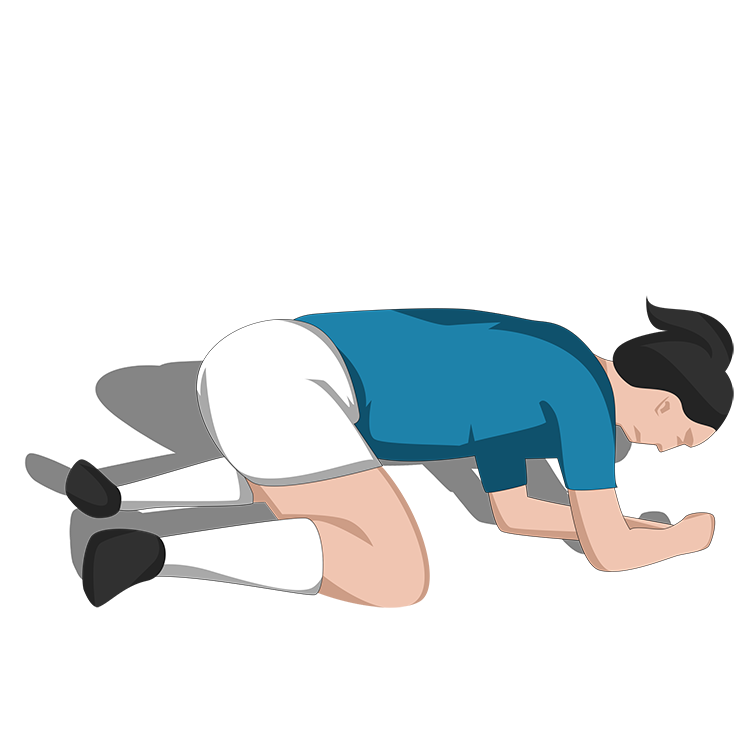
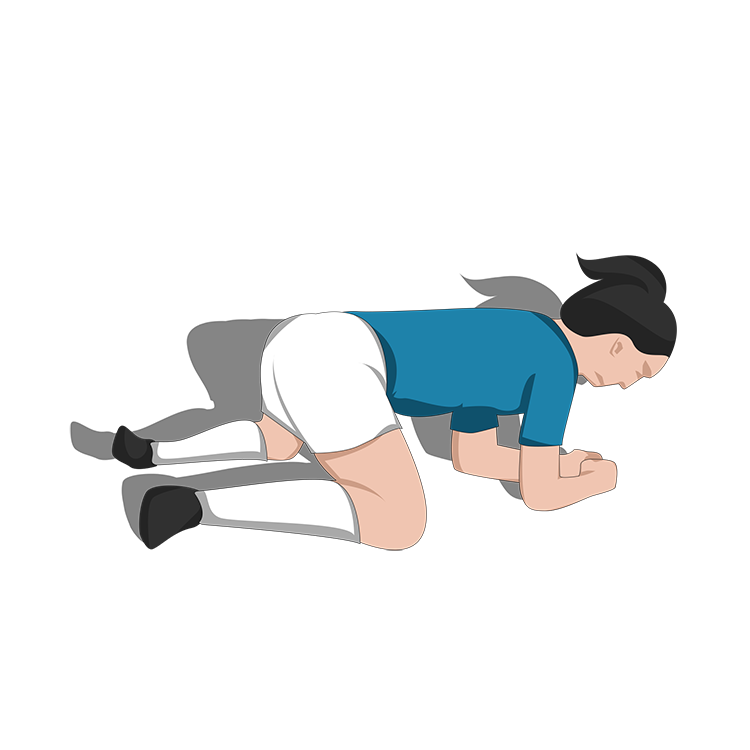
Lay prone and use your arms as a pillow. Bend your knees so your legs come out to the side and hold. For half frogs, work one side at a time, keeping the other leg straight. Count four seconds to breathe in and four seconds to breathe out.
FORWARD FOLDS


Sit with a straight back and your legs out straight in front. Look forward, raise your arms up high and breathe in deeply. As you breathe out, slowly lower yourself until your fingers can touch your toes (or as close as possible). For very tight hamstrings, the move can be performed as above but with only one leg straight and the other bent.
BUTTERFLY HOLDS
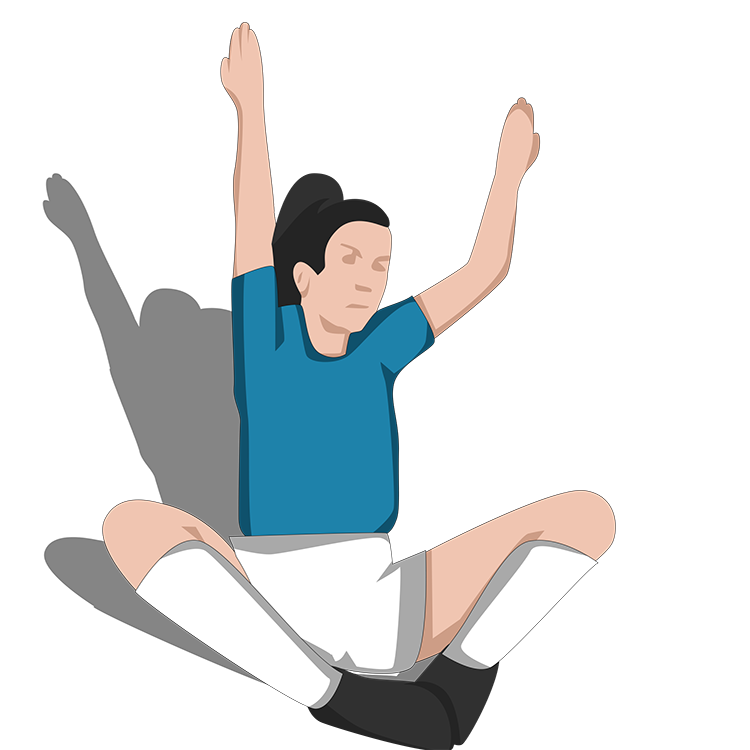
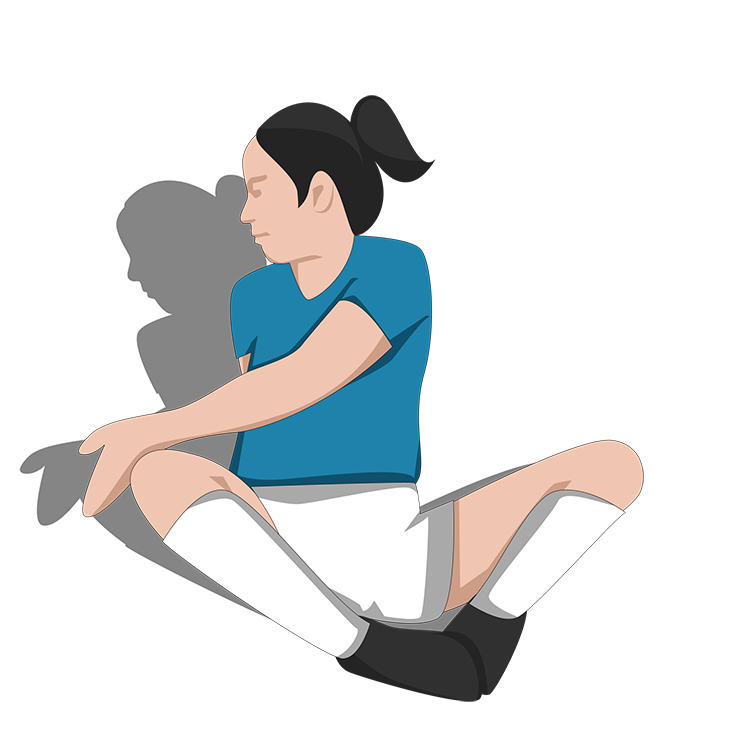
Sit with the soles of your feet together. Raise arms up as you breathe in then, as you breathe out, lower the upper body until arms are close to the floor and twist to one side, breathing in. As you breathe out, twist to the other side.
Newsletter Sign Up
Newsletter Sign Up
Discover the simple way to become a more effective, more successful soccer coach
In a recent survey 89% of subscribers said Women's Soccer Coaching makes them more confident, 91% said Women's Soccer Coaching makes them a more effective coach and 93% said Women's Soccer Coaching makes them more inspired.
*includes 3 coaching manuals
Get Inspired
All the latest techniques and approaches
Women's Soccer Coaching offers proven and easy to use soccer drills, coaching sessions, practice plans, small-sided games, warm-ups, training tips and advice.
We've been at the cutting edge of soccer coaching since we launched Soccer Coach Weekly in 2007, creating resources for the grassroots youth coach, following best practice from around the world and insights from the professional game.
